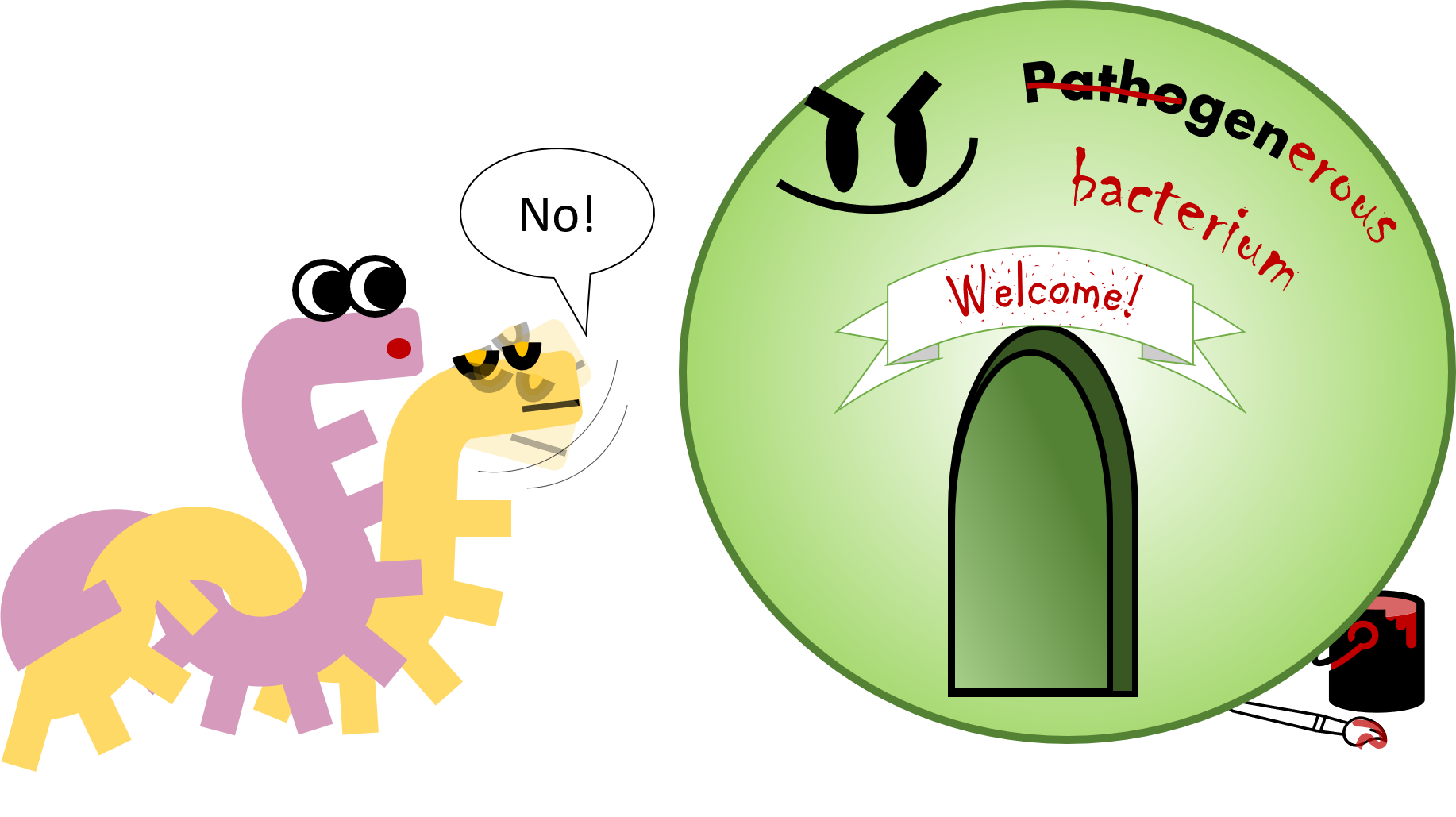


...Out there, the gene is bombarded with mutagens and suffers from the errors of the replication machinery. As these errors build up, it might become unable to function, lose its identity…
...It can end up somewhere it was never meant to be, transferred to an organism that could use it for its own nefarious purposes…


… Or sometimes very useful genes have to be left behind altogether, if enough room cannot be found for them in the chassis.
We want to propose a technology that would help synthetic biologists everywhere to generate genes that are more prepared to face the challenges they will inevitably encounter. It is common knowledge, we are stronger when we stand together. The same, we believe, can be true for genes. Genetic entanglement could allow the creation of more stable and safer genetic constructs, as the genes are no longer alone, but are interlaced, as if in a strong, supporting hug.
The phenomenon of overlapping genes, where the same stretch of DNA encodes two genes, depending on the way the translation machinery reads to perform protein synthesis, has been known of for years. However, a development as recent as 2019, can allow us to harness this phenomenon to advance the field of synthetic biology. CAMEOS ( Blazejewski et al, Science , 2019, DOI: 10.1126/science.aav5477) is an algorithm that allows scientists to generate their own combinations of entangled genes. We believe that this technology has many exciting potential applications, from improving the design of genetic constructs to biocontainment of genetically engineered organisms.

It can be used to stabilise your genetic construct. Every organism has essential genes that are absolutely crucial for its function, and are thus more conserved, protected from mutations. Entangling your gene of interest with such an essential gene would ensure it is similarly protected, and additionally safeguard it from transcriptional attenuation or loss from the chassis.
It can ensure your gene is where it belongs, doing what it is meant to do. Entangling a gene of interest with a toxin, while the antitoxin is only produced by the chassis, can ensure no undesirable bacteria could obtain the gene through horizontal gene transfer and survive. Take that a step further and make it so that the antitoxin is only available in the growth medium, and neither the gene nor the GMO carrying it can escape into the environment.


It can allow the delivery of more genes, without the extra bulk. Sometimes when introducing multiple genes into a chassis, they must be split up onto multiple vectors, increasing the risk of loss of parts of the circuit. The constraint of space is especially felt by some fields, such as phagotherapy, where there is a limit to the amount of genetic information certain phages can carry. Like printing double sided instead of single sided, genetic entanglement can allow fitting in twice the information into the same length of DNA.
These and many more applications can be envisioned for the newly emerging technology of Genetic Entanglement. However, before it can be widely used, there is a need for proof of concept experiments. Our project aims to test the limits of this technology by entangling pairs of antibiotic resistance and fluorescent protein genes, for an easily visualised and colourful system. We hope that our project sparks interest in Genetic Entanglement and that we will see many new exciting projects utilising this technology from future iGEMmers. Indeed, what better way to show our genes that we care than with a hug?

